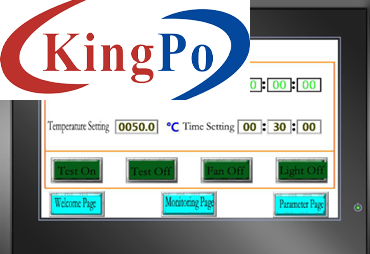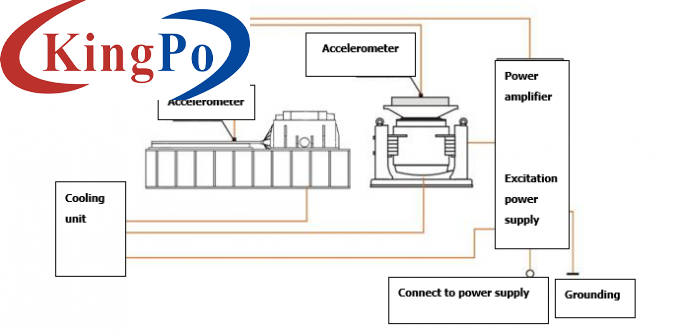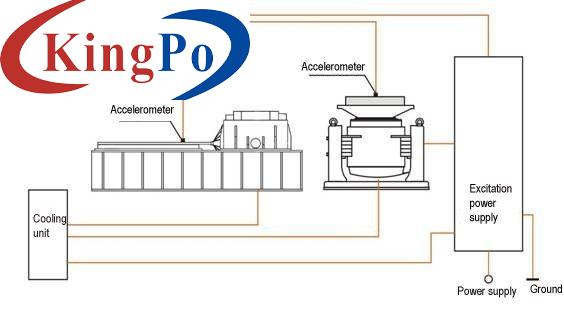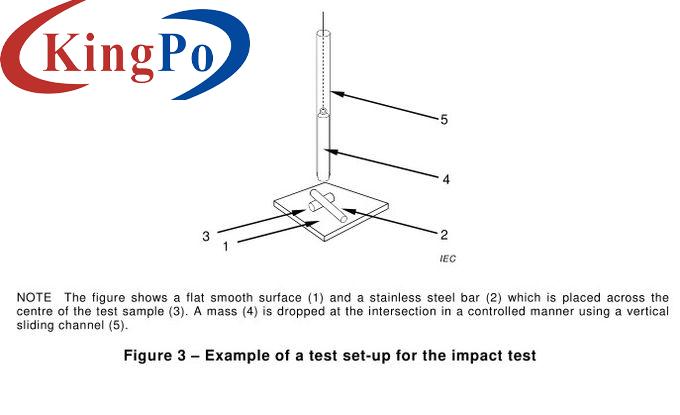Products
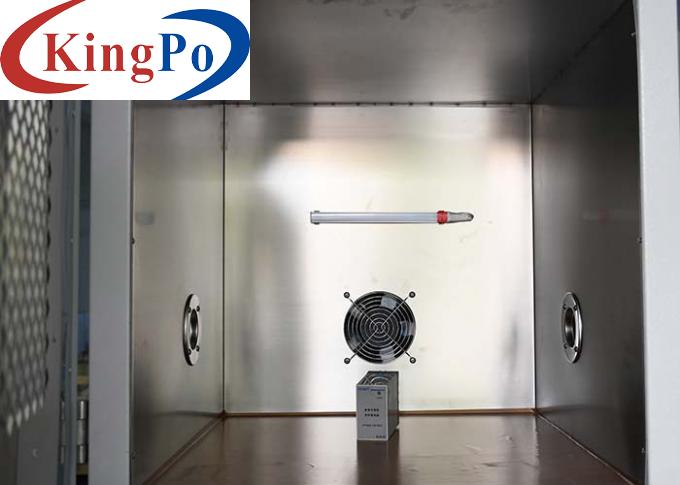
Battery Explosion-Proof Test Chamber For Over-discharge & Charge And Discharge Tests
Products Description
Battery Explosion-Proof Test Chamber For Over-Discharge & Charge And Discharge Tests
Product information:
The battery explosion-proof box is mainly used during battery overcharge and over-discharge &charge and discharge tests, for protection of the operator and the instrument.
The battery is placed in the explosion-proof box, the charge and discharge test equipment is external and should be prepared by user, not included in this explosion proof chamber.
Features:
A battery explosion-proof test chamber, also known as a battery safety test chamber, is a specialized enclosure designed to safely contain and mitigate the potential hazards associated with the testing of batteries, particularly lithium-ion batteries. These chambers are used to simulate extreme conditions that may lead to battery failure, such as overcharging, short circuits, thermal runaway, or mechanical abuse, while ensuring the safety of personnel and the surrounding environment.
Here are some key features and components typically found in a battery explosion-proof test chamber:
Enclosure: The chamber is constructed with materials that can withstand and contain potential explosions or fires, such as reinforced steel or other non-combustible materials. The walls, ceiling, and floor are designed to prevent the escape of flames, gases, or hazardous materials.
Ventilation and Exhaust Systems: The chamber is equipped with a ventilation and exhaust system designed to remove and filter hazardous gases, fumes, or smoke generated during battery testing. This helps maintain a safe and controlled environment within the chamber.
Safety Measures: Various safety features are incorporated into the chamber, including explosion-proof door locks, pressure relief mechanisms, and emergency shutdown systems. These safeguards are designed to prevent accidents, minimize risks, and protect personnel and equipment in the event of a battery failure or explosion.
Observation Windows: Transparent observation windows or panels are often incorporated into the chamber to allow operators to visually inspect the battery during testing. These windows are designed to withstand potential explosions or impacts.
Battery explosion-proof test chambers are crucial for ensuring the safety and reliability of battery technologies, especially in applications where there is a risk of thermal runaway, fire, or explosion. These chambers enable manufacturers, researchers, and regulatory bodies to evaluate the performance, stability, and safety characteristics of batteries under controlled and extreme conditions before they are deployed in real-world applications.
It is important to follow relevant safety standards, guidelines, and regulations when conducting battery testing and to consult with experts in the field to ensure the proper design, installation, and operation of an explosion-proof test chamber specific to your testing requirements and battery technology.
Technical Parameters:
Test chamber size per layer: 500*500*500 (D*W*H),( Three zones structure, can be customized)
Outer box size: 710*780*2060mm (W*D*H)
Outer box: 1.5MM thick cold-rolled plate and high-temperature double-sided baking paint treatment.
Inner box: SUS # 304 stainless steel, thickness 1.00MM thick.
Single door, double door, inner box door is made of stainless steel, and add silicone strip to tighten, open visual observation window on the front.
The door is connected to the box by strong hinges, while each door adds an explosion-proof hinge, the right end of the chain is fixed in the latch side to prevent the explosion-proof box and door separation, effectively protecting the safety of testers.
Each layer of the box is installed with lighting device, convenient to observe the specimen.
Individual test panels to control lighting and exhaust in each test chamber.
Equipment size
Equipment Material
Box load-bearing capacity
The bottom load capacity is not less than 150KG, the second/third layer load capacity is not less than 50KG
Equipment box door
Observation Window
Double tempered glass, tempered glass thickness of 10MM, double tempered glass between the addition of steel wire grid in the explosion can do traction, while preventing the glass explosion when the glass splash injury testers situation. Observation window sealing using 3M glass adhesive for sealing.
Box protection
The test chamber is fully laminated with Teflon tape inside to effectively prevent corrosion, insulation, flame retardant and easy to clean.
Wire loading port
Each layer of the box on the left and right sides of each open a round loading line mouth, Ф50MM diameter, easy to test the connection line through.
Exhaust
Each layer of the box back are installed with exhaust fans and leave the exhaust guide (diameter 100MM), can be connected to the laboratory powerful extraction fan.
Lighting
Heat insulation protection
Insulation design between each layer can avoid mutual influence test.
Weight
Approx 200kg
Power supply
AC 230V±10%, 50Hz



